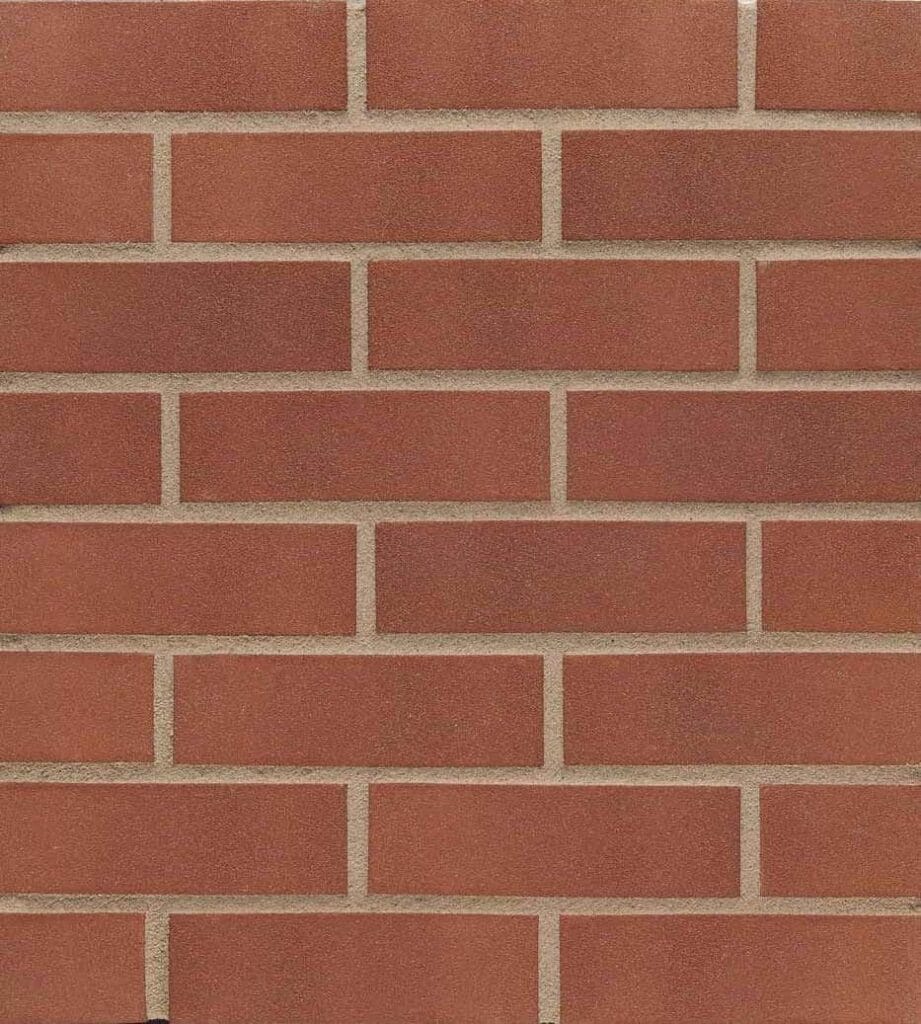When it comes to building robust and long-lasting structures, the choice of bricks is critical. Among the various types of bricks available, Class B engineering bricks play a significant role in construction, offering a perfect blend of durability, compressive strength, and low water absorption. In this blog, we’ll explore why these bricks are a staple in the construction industry and how they differ from other brick types like facing bricks. We’ll also delve into their specific uses, the difference between solid and perforated Class B bricks, and the many benefits they bring to any build process.
Why Are Class B Engineering Bricks Used?
Class B engineering bricks are primarily used for their high strength and low water absorption properties. These features make them ideal for structural work, where bricks are required to bear heavy loads or withstand harsh environmental conditions.
The compressive strength of Class B engineering bricks is a key feature that ensures they can endure significant weight without cracking or breaking. This makes them perfect for construction projects that demand a strong foundation, as they can handle both vertical and lateral pressures efficiently.
In addition, these bricks are highly resistant to water absorption, which means they are less likely to deteriorate in wet or damp conditions. This makes them ideal for use below ground, particularly at the DPC (Damp Proof Course) level, where moisture resistance is crucial to prevent rising damp and for around manhole covers.
Solid vs. Perforated Class B Engineering Bricks: What’s the Difference?
Class B engineering bricks can come in either solid or perforated forms, and the choice between the two depends on specific construction needs.
Solid Class B engineering bricks are dense and heavy, offering maximum strength and durability. Although solid bricks are more commonly used for capping of the ends of a wall.
Perforated Class B engineering bricks, on the other hand, contain holes or perforations that run through the body of the brick. These perforations reduce the weight of the brick, making it easier to handle and transport while also offering slight savings in material costs. Although perforated bricks are lighter, they still maintain high strength and durability. The perforations can also enhance bonding when used with mortar, improving overall structural integrity. Most commonly used in residential building, such as single or double story buildings.
What Is the Difference Between Class B Engineering Bricks and Facing Bricks?
While both Class B engineering bricks and facing bricks are commonly used in construction, they serve different purposes.
- Class B engineering bricks are primarily functional, designed for strength and durability. These bricks are not guaranteed for their aesthetic finish but are used in areas where performance is key, such as in foundations or retaining walls.
- Facing bricks, on the other hand, are used for their appearance. They are the bricks you see on the exterior of buildings, chosen for their visual appeal rather than their structural properties. While they still offer decent strength, they are not typically as robust as Class B engineering bricks and are not designed to handle the same level of stress or environmental exposure.
Where Are Class B Engineering Bricks Used in the Build Process?
Class B engineering bricks are used in areas where strength and durability are paramount. They are commonly employed:
- Below ground level: As mentioned, they are perfect for use at the DPC level or in foundation work. Their low water absorption prevents dampness from seeping into the structure.
- Retaining walls: Their compressive strength ensures they can support significant lateral pressure, making them ideal for retaining structures. However, the correct design features is paramount.
- Load-bearing walls: In both residential and commercial buildings, they provide strong support for upper floors and roofing systems.
- Industrial settings: Due to their resilience, Class B bricks are often found in factories, warehouses, and other structures exposed to heavy mechanical loads or harsh environments.
Benefits of Class B Engineering Bricks
The use of Class B engineering bricks comes with a host of benefits that make them indispensable in many construction projects. Here’s a breakdown of the advantages:
High Strength: With high compressive strength, these bricks are capable of bearing heavy loads, making them ideal for load-bearing structures and foundations.
Low Water Absorption: Class B engineering bricks have a water absorption rate of equal to & less than 7%, which makes them extremely resistant to water ingress. This is particularly important in damp environments, ensuring the longevity of the structure.
Durability: These bricks are highly durable, withstanding weathering, frost, and chemical exposure. This makes them suitable for industrial use, where conditions can be tough on building materials. Class B’s also conform to BS-EN77
Versatility: Available in a variety of colours, including the red brick and blue brick varieties, Class B engineering bricks can be adapted to suit both functional and aesthetic requirements, ensuring they complement the overall design while providing structural integrity.
Affordability: Class B bricks provide a cost-effective solution without sacrificing strength & durability. They represent the best bricks for many construction projects where performance and budget are key considerations.
Custom Options: Whether you need solid or perforated Class B bricks, you have the flexibility to choose according to your specific project needs. Perforated bricks offer lighter weight and improved bonding in certain scenarios, while solid bricks are essential for high-load areas and can be used for capping ends for the visual aspect.
Conclusion
In the world of construction, choosing the right building materials is essential for creating long-lasting, safe, and durable structures. Class B engineering bricks, available in both solid and perforated forms, are among the best bricks you can use in your project, thanks to their high strength, low water absorption, and impressive durability. Whether you’re working below ground at the DPC level or constructing a retaining wall, Class B bricks offer a reliable and cost-effective solution.
For those looking for reliable building supplies, please visit our shop.


